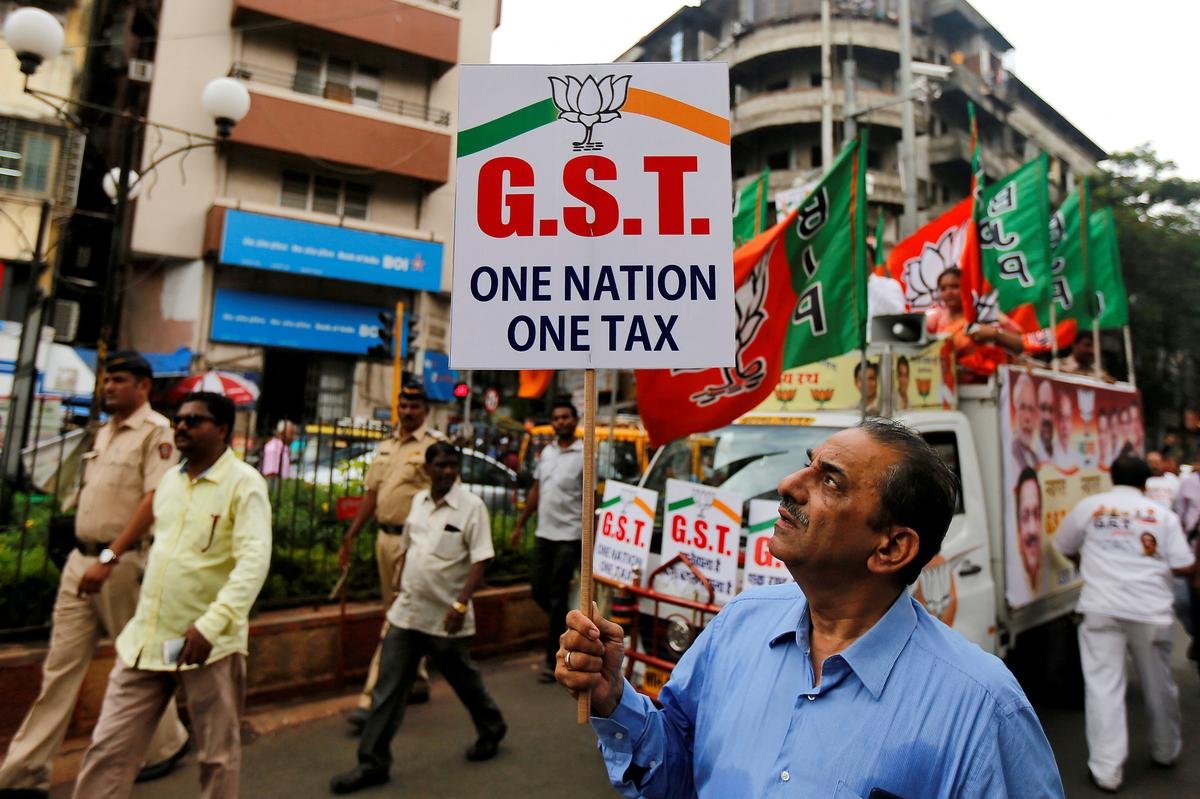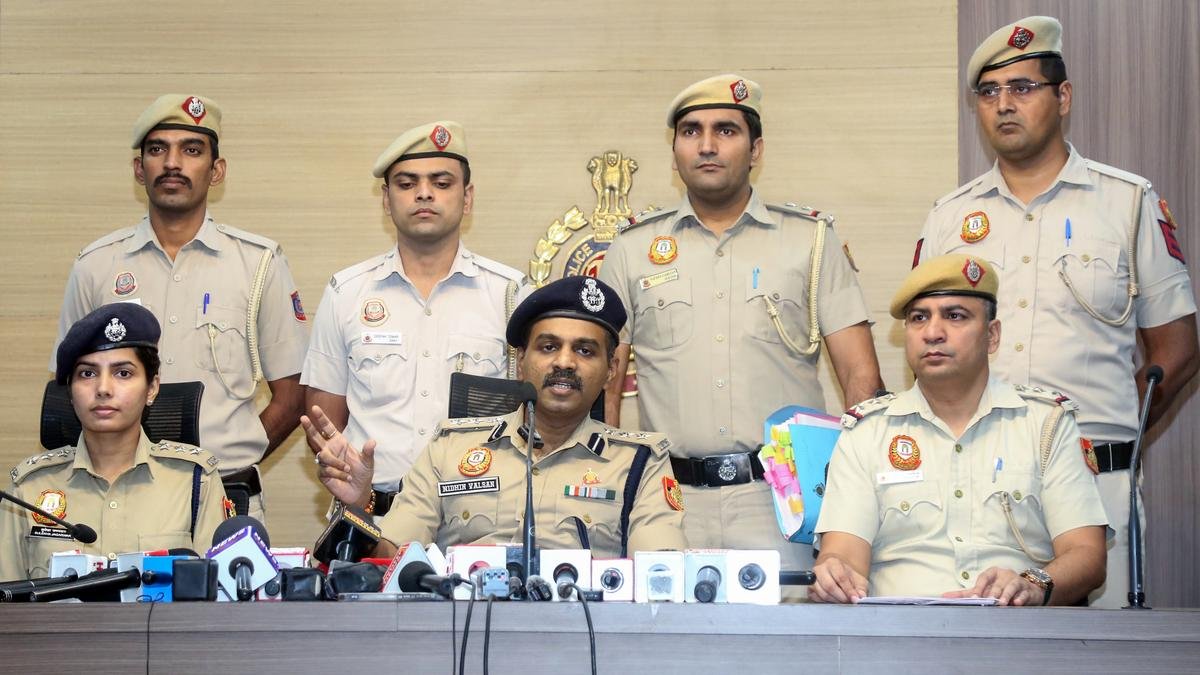Context
- India’s launch of the Carbon Credit Trading Scheme (CCTS) aims to promote low-carbon growth by reducing pollution and emissions.
- However, global experiences like Kenya’s show that poorly designed carbon projects can harm local communities by violating land and consent rights.
- To avoid such pitfalls, experts urge India to embed strong safeguards that ensure its carbon market remains fair, inclusive, and socially just.
Background
- The model of development that began with the Industrial Revolution has led to widespread ecosystem degradation.
- While some advocate for “degrowth” (reducing economic activity to protect the environment) this approach is not viable for developing nations like India, which continue to grapple with poverty and unemployment.
- The sustainable alternative lies in decoupling growth from pollution, enabling economic expansion without environmental harm.
- A key tool in this strategy is carbon credits, which allow countries to reduce emissions while still pursuing development goals.
What are Carbon Credits?
- A carbon credit represents a certified reduction or removal of one tonne of carbon dioxide (CO₂) or its equivalent greenhouse gases.
- These credits are given to projects that reduce pollution, for example:
- Installing renewable energy (solar, wind, etc.)
- Planting trees (afforestation and reforestation)
- Sustainable agriculture (eco-friendly farming)
- Waste management and biogas plants
- Companies can buy these credits to “offset” their emissions while they shift to cleaner technologies.
- This system helps developing countries earn money for adopting green practices.
India’s Carbon Market: Carbon Credit Trading Scheme (CCTS)
- The CCTS was launched under the Energy Conservation Act, 2001.
- It aims to create a national carbon market that sets limits on pollution and allows trading of carbon credits.
- Main features:
- Emission intensity (pollution per unit of production) benchmarks for key industries like cement, steel, and power.
- Voluntary carbon offset projects are allowed, even small farmers or companies can participate.
- A national registry and trading platform will manage all transactions.
- Draft guidelines for biomass, biogas, and low-emission rice farming have already been released.
- This scheme supports India’s long-term goals of achieving Net Zero emissions by 2070 and promoting sustainable growth.
Global Example: The Kenya Experience
- The Northern Kenya Rangelands Carbon Project (started in 2012) aimed to remove 50 million tonnes of CO₂ over 30 years.
- The project introduced rotational grazing (managing livestock movement to protect grasslands) and rangeland restoration (reviving dry lands).
- However, serious problems emerged:
- Local communities said they were not given Free, Prior, and Informed Consent (FPIC) — meaning they were not properly consulted.
- Their land rights were ignored, and the project was managed in a top-down (authoritarian) manner.
- There were opaque (unclear) benefit-sharing systems, where profits did not reach the people.
- In 2025, a Kenyan court confirmed these issues and suspended the project.
- This example shows that if carbon projects ignore people’s rights, they can become unfair and exploitative, even if they are meant to protect the environment.
Why Must India Be Careful?
- Many Indian carbon projects, such as tree plantations or agricultural projects, are located near village commons (shared community land) or forest areas used by tribal and rural communities.
- If these projects are done without proper consent, they could:
- Limit local access to grazing land, firewood, or forest produce.
- Displace vulnerable people like small farmers and forest dwellers.
- Create a form of “green colonialism” (environmental projects that harm local people instead of helping them).
- Therefore, India needs to design its carbon market with strong social safeguards to ensure that climate action does not lead to injustice.
Challenges and Way Forward
| Challenges | Way Forward |
| 1. Weak Land Rights: Many tribal and village communities don’t have legal ownership of the land they use, making them vulnerable. | Recognise Land Tenure: Secure community ownership under the Forest Rights Act and local self-governance laws before approving projects. |
| 2. Lack of FPIC (Free, Prior, and Informed Consent): Projects may start without proper consultation with local people. | Make FPIC Mandatory: Ensure every carbon project obtains written, informed consent from the affected communities. |
| 3. Unclear Benefit-Sharing: Companies often earn profits, but communities receive little. | Transparent Benefit Sharing: Set clear rules for how profits and benefits are distributed among all participants. |
| 4. Top-Down Planning: Decisions are taken by outsiders with little knowledge of local conditions. | Community Involvement: Include Panchayats, NGOs, and local institutions in project design and monitoring. |
| 5. Poor Monitoring: There is limited capacity to verify actual carbon savings and social impacts. | Independent Audits: Appoint third-party evaluators and create grievance redress systems for affected communities. |
| 6. Lack of Awareness: Farmers and locals often don’t understand carbon markets or contracts. | Training and Awareness: Conduct workshops and build capacity among farmers, tribal communities, and officials. |
| 7. Risk of Overregulation: Too many rules can discourage investors and innovators. | Simple and Balanced Rules: Design a light but effective regulatory framework that ensures both participation and protection. |
Conclusion
India’s carbon market has the potential to combine economic growth with environmental protection. But it must also ensure social justice, protecting the rights, voices, and livelihoods of local communities. Strong safeguards, community participation, and transparent benefit-sharing will help India build a carbon market that is fair, credible, and sustainable. Only then can India truly lead the world in equitable climate action, where development and justice go hand in hand.
| Ensure IAS Mains Question Q. “India’s carbon market must combine economic efficiency with social justice.” Discuss in the light of the Carbon Credit Trading Scheme and global experiences. (250 words) |
| Ensure IAS Prelims Question Q. Consider the following statements about Carbon Credit Trading in India: 1. A carbon credit represents a certified reduction or removal of one tonne of carbon dioxide or its equivalent greenhouse gases. 2. India’s Carbon Credit Trading Scheme (CCTS) allows both mandatory and voluntary participation in the carbon market. Which of the above statements is/are correct? a) 1 only b) 2 only c) Both 1 and 2 d) Neither 1 nor 2 Answer: c) Both 1 and 2 Explanation: Statement 1 is correct: Each carbon credit is equal to a verified reduction or removal of one tonne of CO₂ or its equivalent gases. Statement 2 is correct: The CCTS allows both compulsory participation (for emission-intensive sectors) and voluntary participation (for others). |
Also Read | |
| UPSC Foundation Course | UPSC Daily Current Affairs |
| UPSC Monthly Magazine | CSAT Foundation Course |
| Free MCQs for UPSC Prelims | UPSC Test Series |
| ENSURE IAS NOTES | Our Booklist |





